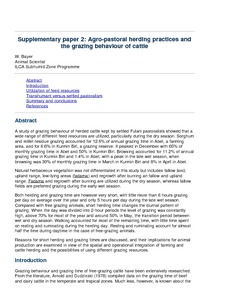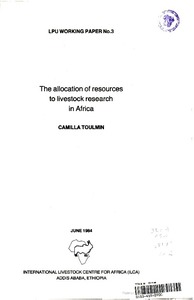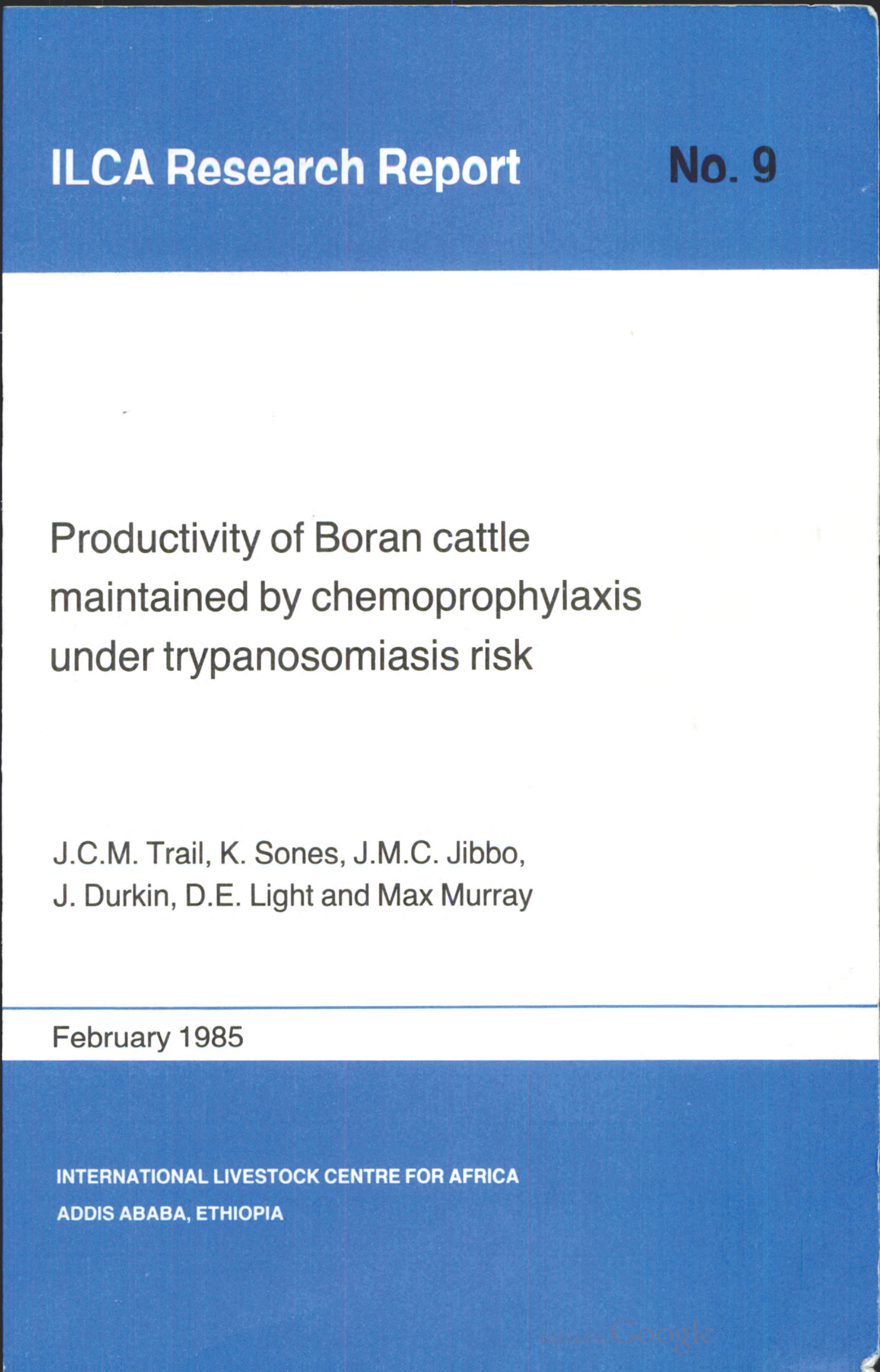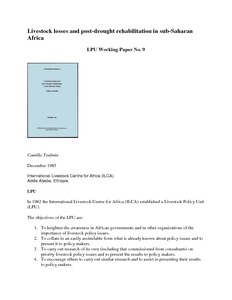Location
Vision, mission and strategy
ILRI's strategy 2013-2022 was approved in December 2012. It emerged from a wide processof consultation and engagement.
ILRI envisions... a world where all people have access to enough food and livelihood options to fulfil their potential.
ILRI’s mission is... to improve food and nutritional security and to reduce poverty in developing countries through research for efficient, safe and sustainable use of livestock—ensuring better lives through livestock.
ILRI’s three strategic objectives are:
- with partners, to develop, test, adapt and promote science-based practices that—being sustainable and scalable—achieve better lives through livestock.
- with partners,to provide compelling scientific evidence in ways that persuade decision-makers—from farms to boardrooms and parliaments—that smarter policies and bigger livestock investments can deliver significant socio-economic, health and environmental dividends to both poor nations and households.
- with partners,to increase capacity among ILRI’s key stakeholders to make better use of livestock science and investments for better lives through livestock.
This is ILRI’s second ten-year strategy. It incorporates a number of changes, many based on learning from the previous strategy (2000–2010, initially produced in 2000 and modified in 2002), an interim strategy (2011–2012) and an assessment of the external and internal environments in which the institute operates.
Members:
Resources
Displaying 1086 - 1090 of 1152Agropastoral herding practices and the grazing behaviour of cattle
Presents results of a study of grazing behaviour and forage resources utilisation by herded cattle belonging to agropastoralists at Abet & Kurmin Biri in the subhumid zone of Nigeria as well time spent on walking, resting & watering. Subdivides grazing activities into natural range grazing, browsing, grazing of crop residues and of burnt areas.
Recherche sur la productivité de l'agriculture et de l'élevage
The allocation of resources to livestock research in Africa
Looks at the allocation of resources to livestock research in Africa. Assesses the role of agricultural research and its value to national governments. Investigates the appropriate criteria to use for decision making by comparing three kinds of decision-making models. Presents conclusions for policy-making.
Productivity of Boran cattle maintained by chemoprophylaxis under trypanosomiasis risk
Evaluates the productivity of grade Boran cattle maintained by chemoprophylaxis under severe trypanosomiasis risk at Mkwaja ranch, Tanzania; uses data based on more than 20,000 calving records over the 10-year period from 1973 to 1982; discusses environmental influences on performance traits and links between tsetse population dynamics & cattle; includes comparison of Boran genotypes and its effect on pre-weaning growth characters.
Livestock losses and post-drought rehabilitation in sub-Saharan Africa
Examines post-drought rehabilitation policies to aid recovery in livestock production and crop production, and the effects of drought on livestock and farming communities. Discusses the role played by reserves in mitigating a population's vulnerability to drought; and the macro-economic implications of a drought induced loss of livestock for the government budget, domestic markets and external trade. Investigates the likely speed of recovery in the abscence of outside intervention. Presents materials from case studies to show the nature of costs and returns involved.






